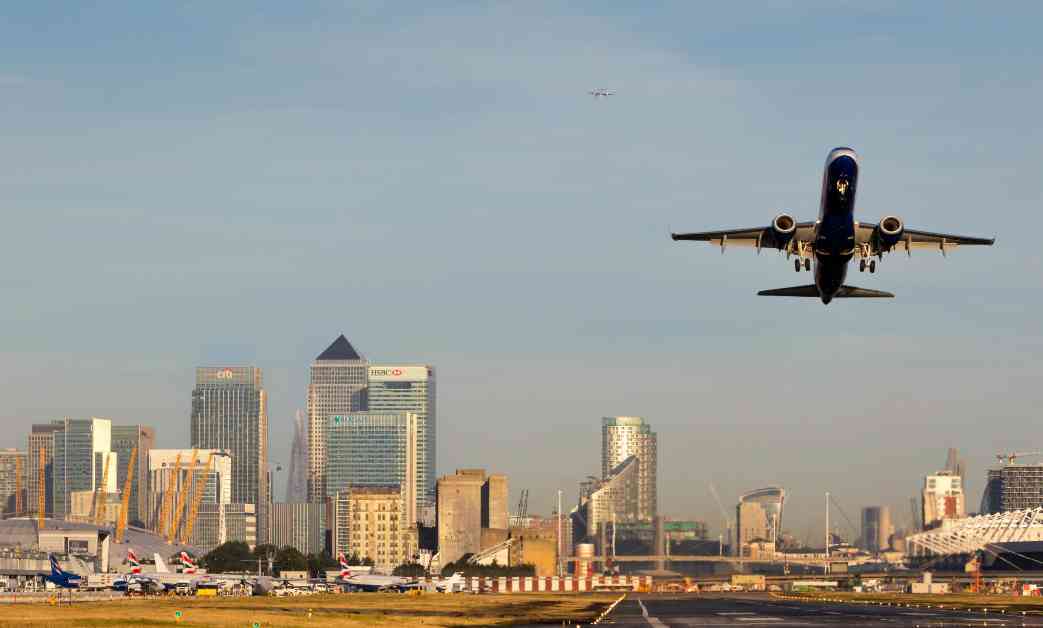London City Airport Increases Passenger Cap but Denied Request for Extended Operating Hours
London City Airport, located in the bustling Royal Docks of Newham, recently faced a decision from the government regarding its operating hours and annual passenger cap. Despite having its annual passenger cap increased from 6.5 to 9 million, the airport’s request to extend its Saturday afternoon operating hours was denied. This decision came after a thorough consultation process, where the airport argued for more flexibility and choice for passengers by extending its closing time to 6.30pm.
Government Approval for Passenger Cap Increase
The government’s approval to increase London City Airport’s annual passenger cap to 9 million marks a significant development for the airport and the surrounding community. With this increase, the airport aims to accommodate a higher volume of passengers while maintaining its commitment to operational efficiency and customer satisfaction. This decision reflects the growing demand for air travel in the region and the airport’s efforts to adapt to changing market dynamics.
In addition to the passenger cap increase, London City Airport will now be permitted to provide three extra flights in the first half hour of operations during the week. This adjustment is expected to enhance the airport’s flight schedule and improve overall passenger experience. By allowing for more flights during peak hours, the airport can better manage passenger traffic and reduce congestion in the terminal and on the airfield.
Denial of Extended Operating Hours
Despite the approval for increased passenger capacity and additional flights during the week, London City Airport’s request to extend its Saturday afternoon operating hours was met with refusal. The proposed extension of operating hours from 12.30pm to 6.30pm was deemed unacceptable after a comprehensive consultation process that considered the airport’s impact on the local community and noise pollution concerns.
The decision to deny the extension of operating hours reflects the government’s commitment to balancing the needs of the airport with the well-being of the surrounding community. By maintaining the current operating hours, the government aims to minimize disruptions to residents and address noise pollution concerns in the area. While the airport argued that extending its closing time would provide more options for passengers, the government prioritized the community’s interests in this decision.
London City Airport emphasized that its planning application for extended operating hours did not involve an increase in the permitted number of annual flights or infrastructure. The airport’s proposal focused on enhancing passenger convenience and flexibility without compromising on existing regulations or environmental considerations. Despite the denial of this request, the airport remains committed to serving passengers efficiently and responsibly within the established operating parameters.
Conclusion
In conclusion, London City Airport’s recent developments highlight the complex balance between airport operations, passenger demands, and community impact. With the approval to increase its annual passenger cap and introduce additional flights during peak hours, the airport is poised to enhance its services and accommodate a higher volume of travelers. However, the denial of the request for extended operating hours underscores the importance of considering the broader implications of airport expansion on the local community and environment. As London City Airport continues to evolve and adapt to changing needs, it must navigate these challenges thoughtfully and responsibly to ensure sustainable growth and positive relationships with its stakeholders.





















